Shmatte. Literally translated from Yiddish, it means a rag. But in actual usage, like a lot of Yiddish words, it’s been more flexible than that. It comes from Poland (in Polish, szmata), where a lot of us Ashkenazi Jews immigrated (or escaped) from—including my mother’s family. Among the grown-ups I knew the term was often used as a put-down of too-casual clothing choices—as in “You can’t go to the wedding in a shmatte like that.” (Add a “dika” and you get the adjective “shmatte-dika”—most often used for clothing items that have become worn, have stains Tide couldn’t get out, are missing buttons, etc. as in “I can’t even go out in this old shmatte-dika coat.”) But shmatte could also be used in the ironic spirit of “false humility” about expensive clothing—as in “Oh, this old shmatte? It’s vintage Diane Von Furstenberg.” (Thanks for this one, Hana LaRock!)
(Speaking of vintage, the many Jewish immigrants who worked in the garment industry called it “the shmatte business”—even if what they produced was high-end clothing. Many in the shmatte business—or whose fathers were—went on to be high-fashion designers: Zac Posen, Calvin Klein, Michael Kors, Marc Jacobs, Donna Karan, and Isaac Mizrahi among them.)
Of course, also you couldn’t wear one to a wedding, it was always ok to put on a shmatte, nomatter how old or tattered, to do housework, and—in keeping with the original meaning of “rag”—my mother used shmattes to wipe down the counter or table. They weren’t necessarily from old clothing, although they could be. They were just torn up pieces of cloth, used over and over, smelling of Pledge or Lysol.
But for me, when I was a teenager in the early sixties, shmatte meant neither ragged or cheap or well-worn. It meant non-form-fitting “house dresses” intended for overweight, middle-aged housewives who watched “Days of Our Lives” on television and got together once a week for Mah Jong (if Jewish) or Bingo (if church-going — or was it only Jewish moms who wore shmattes?) They were loose and made for comfort, often with disturbingly large floral prints. Shmatte, to me, meant sexless: wearing dresses that hid your body announced to the world that you were an, uh, overweight, middle-aged housewife.
Then came the sixties, and something like the shmatte was suddenly in vogue. Sometimes low-cut, sometimes a Laura Ashley/hippy version of 19th century high-neck. Lace. Small, tender wildflowers rather than overripe, Little House of Horrors blooms. Judy Collins. Sharon Tate. Bare feet. No bra. The shmatte, unbelievably, had become young and sexy! And whether you were reed-like or zaftig, you could flow.
It didn’t last. For during the brief career of the sexy shmatte, there was always the Other Woman: Mary Quant. Twiggy. The “British Invasion.” Mini-skirts. Hot pants. Long, skinny legs. Boots that went up over knee and half-way up the thigh. Boy boobs. Big butts banished (and stayed that way until Black women, bless them, brought them back.) No one talked about the ethnocentrism of it all, as our Eastern-European genes struggled into boots that we couldn’t get over our calves, let alone walk across the room in.
During the decades that followed, skinny glamour, gym-toned shoulders, and enhanced body parts all contributed to the exile of the shmatte. Even middle-aged housewives wouldn’t be caught dead in them. The body — whether by virtue of DNA or free weights or liposuction or Jenny Craig — was to be flaunted, while those of us whose waistlines were gradually, naturally disappearing (a post-menopausal body-transformation that one is never prepared for) hunted without success for clothes that made us feel at least somewhat still in the game.
Then, seemingly out of the blue, unusual names began to invade Instagram, Facebook, and email: Buykud, Rotita, Popzora, Mostata, Noracora. All of them selling “generously” cut tops and tent-like dresses, slightly avant-garde, and — be still, my heart! — looking as though anyone, of any body-shape, could fit in any of them and swing through town, stylish and cheeky once again. And — amazingly inexpensive! And by that I don’t mean Target; I mean Dollar-Store. True, the models were all skinny. But the dresses billowed out, flowed so expansively, it was easy to imagine one’s own less-than-svelte body becoming effortlessly glamorous in them too. The sexy shmatte was back!!
So of course, an orgy of ordering commenced.
Usually, they took awhile to arrive. Most had to travel from China.
When the first package arrived, I dove at it with scissors like a six-year-old on Christmas morning, ignoring instructions to tear on the (always-impossible-to-tear) dotted line — and was almost knocked to the ground by the smell. I can’t really describe it. One part incense, one part moldy sneakers, one part something not-of-this-planet.
OK, so a little airing out was necessary. Like, perhaps a week on the back porch. It was worth it, surely, if I could look like a sexy hippy again.
Finally, when I was able to do so without holding my breath, I tried the dress on. It was, indeed, generously cut, if somewhat scratchy. OK, let’s be blunt: two steps away from a hair shirt. Good for doing penance, which I was already beginning to feel was happening. I was about to pull it over my head and out of contact with my skin when I see that it comes with an under slip, decidedly silkier — and actually, necessary, as the dress managed to be both itchy and transparent at the same time. The under slip, however, was apparently made for a body at least three sizes smaller than the dress.
Each package that followed in the mail held new surprises. Sometimes, everything would be fine — except the upper arms appeared to be sewn with a small Chinese child in mind. Other times, something that looked in the picture as though you could fit a small elephant in it wouldn’t go over my (large, but not elephantine) butt. I was introduced to the many different ways that fabric can annoy skin. And they were definitely were not designed for breasts any larger than a B. It’s not that they won’t fit larger breasts. It’s the way they hang straight out from larger breasts, creating the illusion of pregnancy.
The fact is, these clothes were made for exactly the woman the advertisements pictured them in: tall, skinny, small-breasted, and oblivious to comfort-level. After all, they were models, not middle-aged housewives discussing whether Luke and Laura’s marriage would last. Not to mention the fact that the middle-aged housewives themselves were now at the gym, wanting to show off their toned bodies, not luxuriate in tents.
And then the inevitable happened: Once it was discovered that tall, skinny women really did look amazingly fashionable, incredibly cool, and effortlessly glamourous in loose clothing, the clothing stopped being smelly, stopped being scratchy, and stopped being affordable. You could get them delivered overnight. Appropriated by toney designers and marketed in expensive catalogues, “loose clothing” now became the thing. Google the phrase and you’ll bring up hundreds of versions of over-priced, billowy dresses and floppy tee-shirts. Everything hangs, and so very stylishly. And you’ll have to hunt a little longer for those $20 versions, even on the sites whose names sound like pasta.
“We revel in summer weather and the fashion that comes with it: barely-there strappy tops, pedicure-baring sandals, woven totes. But on the thickest, most searing days, the best loose dresses are our saviors. The kind so lightweight and effortless, you nearly feel uncovered without actually revealing anything. We’re talking breathable cotton and linen fabrics, airy silhouettes that bare skin (though not too much), and more importantly, dresses with empire or no waists at all that float around your body rather than cling to it. Dresses that don’t constrict and give way to breeziness with every step.” (Vogue)
What about us “fuller figured” girls? Ironically, now we’re not supposed to dress in loose clothing. No, we’re supposed to “show off” our curves. No more sexy boho hippy for us. Tailored suits, dresses with belts, pencil skirts, form-fitting knits make us look slimmer, we’re told. Plus, as we’re reminded in an article about “reasons to love your curves”:
A 2010 Georgia Gwinnett College study found that when men look at curvy woman, the part of their brain that deals with positive reward is triggered.This is the same part of the brain that responds to drugs and alcohol. Your curves are incredibly arousing to men and according to researchers Devendra Singh and Dr. Steven Platek, they may be the “key to sexual attraction”.
A 2005 Danish study showed that women with a fuller, more voluptuous body type tend to live longer. Other studies also show the correlation between plump hourglass figures and better maternal health. Curvy women may also be smarter - another study from the Journal of Evolution and Human Behaviour claims that curvy women have higher IQs.
Have you ever considered that you might be someone else’s ideal? Many women work just as hard to get your Beyonce-esque curves as you do to get their stick-like pins. According to Dr. Steven Platek women are drawn to voluptuous female shapes just as much as men! There are so many diets, workout regimes, corsets and body-sculpting clothing out there for women who want to have the feminine curves that you have naturally. So love what you’ve got because, in this case, the grass is greener on your side.
So: We stimulate male hormones like a can of beer (hetero much?), we live longer, we’re smarter, and other women envy us. Really?
But the secret code here is “Beyoncé-seque” and in the last paragraph the truth is revealed (I’ve changed the typeface and bolded, so you’ll be sure to get the point.)
CURVY IS NOT FAT.
Just because your body is not a straight line doesn’t mean that you are overweight. So never label yourself as “fat”, because fat and curvy are totally separate.
And then we are provided with some illustrations:
I have nothing against these gorgeous women (although it hard to see how any of the three except for the first qualifies as “full-figured”.) But I have Eastern-European genes, by these standards I most certainly am fat, and showing off my legs is out of the question—it even was out of the question when the rest of my body was relatively slender. Plus, I’ve always loved a Boho hippy look, not because it “covered my curves” (something that according to this article signifies body-hatred) but because it’s so me. Funky. Not tailored. Best for displaying many necklaces, big earrings, and loads of wrist-adornment. Goes well with my great hair. And my personality.
So I refuse, I resist, I will not submit to skinny women taking over the (overpriced, high-fashion) loose-fitting dresses (not to mentioned the oversized hoodies, caftans, enormous-legged slacks, etc.) When I see a beautiful streaming river of a dress, I crave it for myself, even though it won’t “embrace” my curves.
The last time I did, though, I was shamelessly tricked. I ordered this gorgeous, apparently flowing caftan—and it wasn’t a cheap shmatte by any means.
I would have looked incredible in it, too. Except I couldn’t get it on—because they had snuck a form-fitting under-thing around the bust and waist area that can’t be seen in the picture and that wasn’t described in the text. And there was no way my breasts were going to achieve insertion. This site is determined, apparently, to reserve the glory of flowing clothing for a tall, skinny model.
Is there a moral to this little fashion history? I could rail against consumer capitalism or the (continuing, albeit now more covert) tyranny of slenderness or the plundering and exploiting of ethnic cultures and underpaid workers. But I’ve done enough of that in my life. So, full of regret that I’d long ago given away my old Laura Ashley hippy dresses and peasant skirts, I console myself with the truth:
Although they are made by trendy artistes from deliciously luxe fabrics, although they are pictured and posed to make us salivate with longing to be so cool and willowy, they are still shmattes.
And by the way, this is NOT how you pronounce shmatte. It’s two syllables, you ethnocentric pronunciation police: SHMAH-TEH.





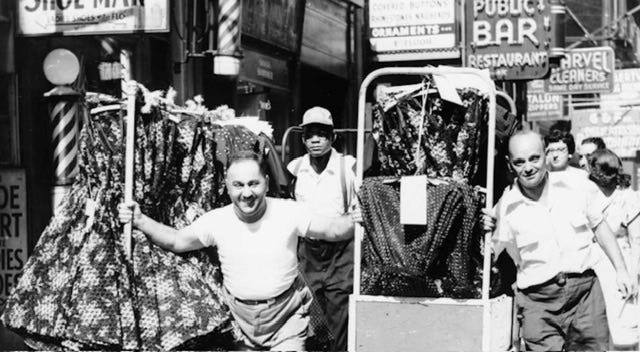
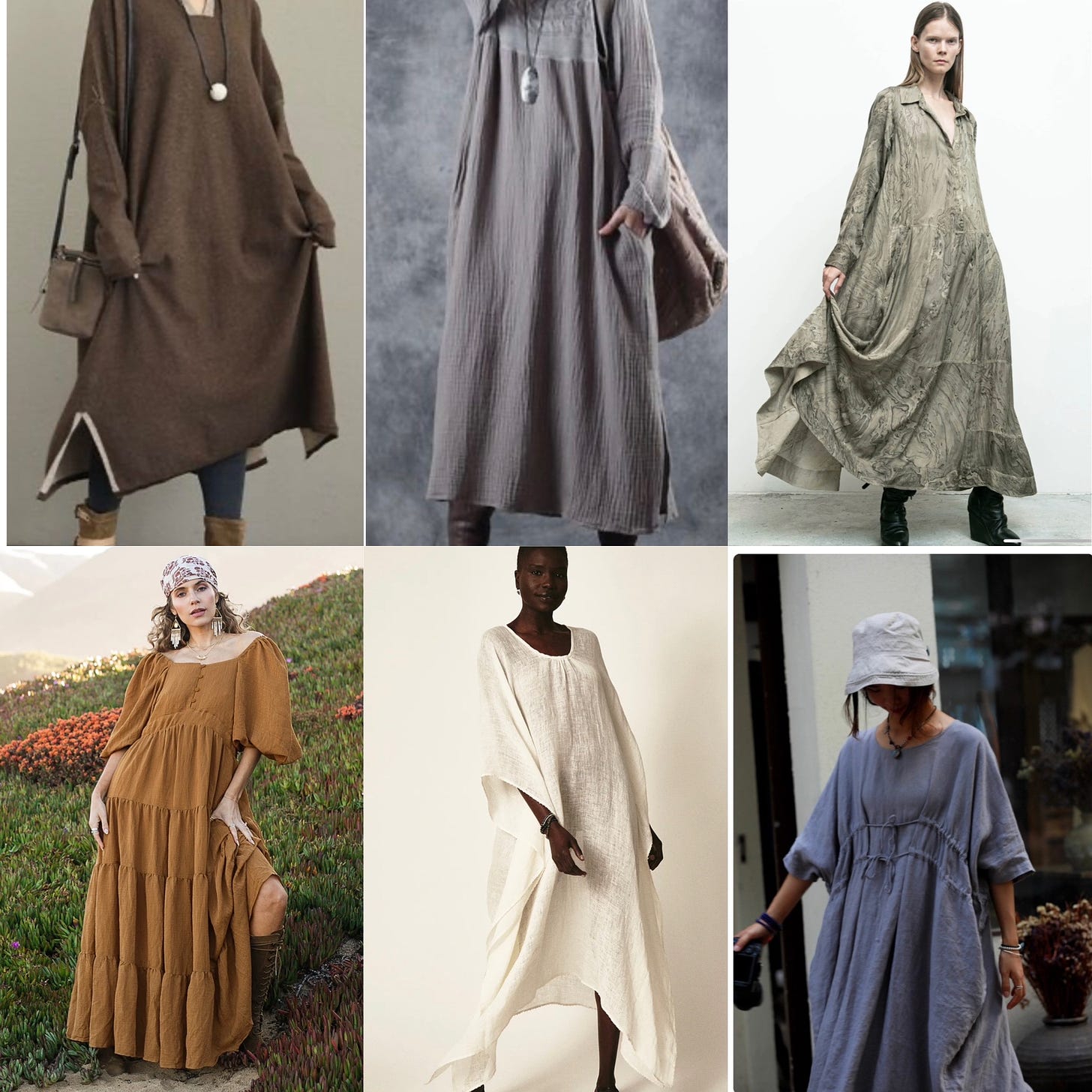
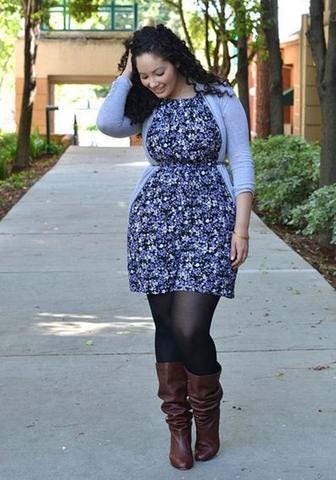
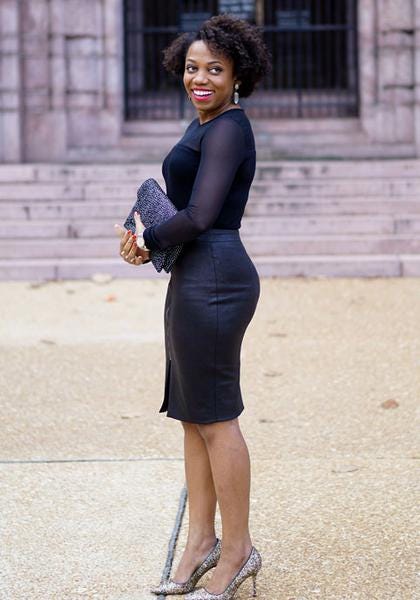
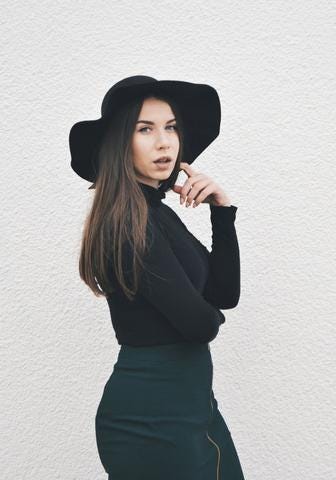
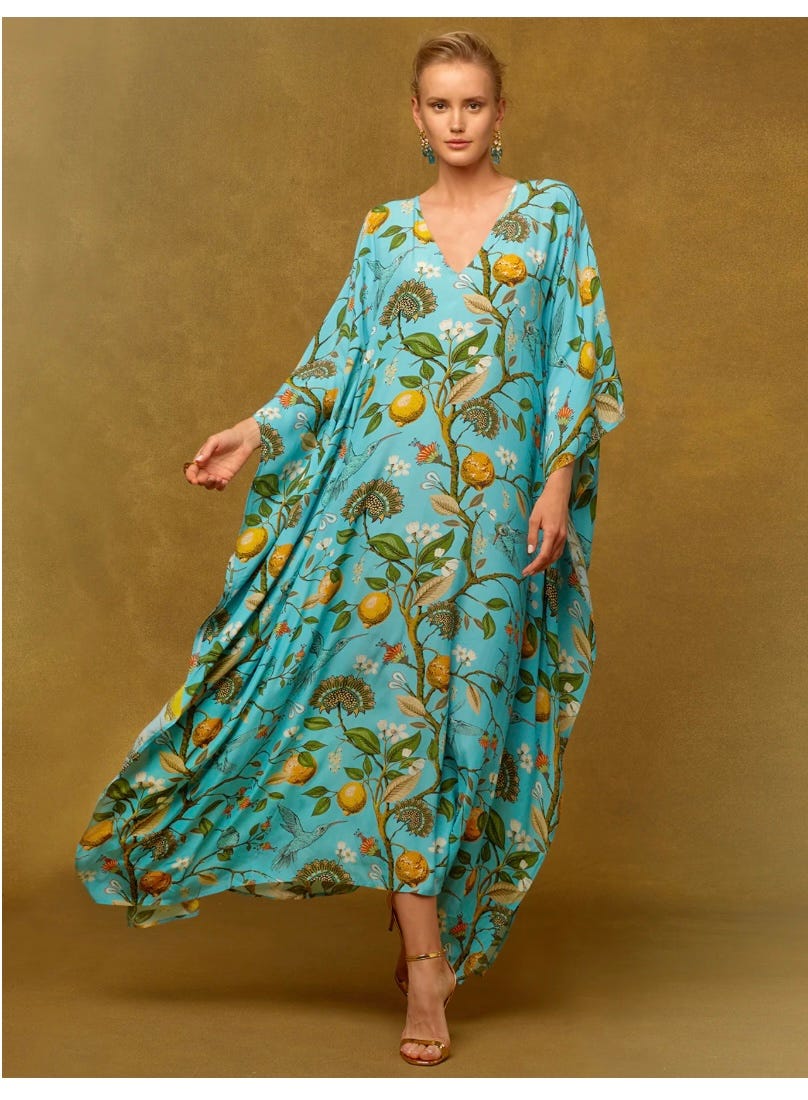
You mean the under the kitchen sink rag that hung nestled in the trap.
From dish rags to Laura Ashley to Beyoncé. Such history! A joy to read. Thank you, Susan. I loved it!